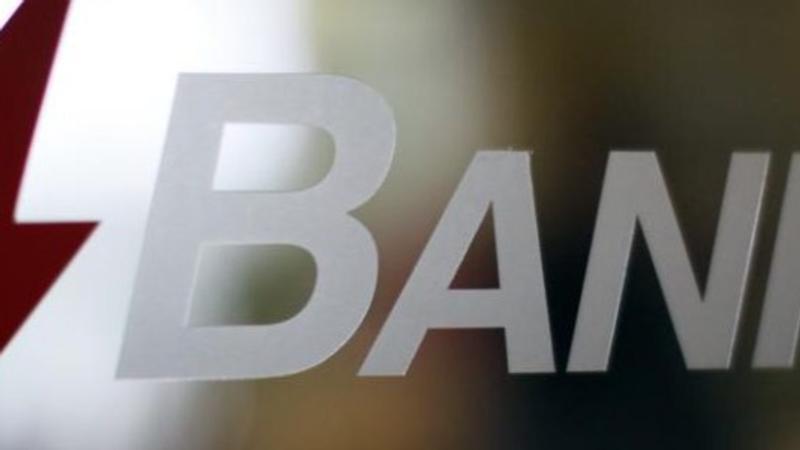Published 22:06 IST, April 30th 2024
Republic First is the good kind of bank failure
Republic First had a problem common to many banks: spiking interest rates.

Safety third. Nobody should want banks to fail. But if they must, it’s best if they’re like Republic First. Regulators wound up the Philadelphia-based lender on Friday for being “unsafe and unsound,” official-speak for low on equity, and high on drama. There’s little risk of its demise affecting others – though some depositors might be a little too calm.
Republic First had a problem common to many banks: spiking interest rates. Its growing pile of mortgage-backed securities lost value as rates rose, a similar situation to Silicon Valley Bank’s failure last March. Regulatory filings showed $425 million of unrealized losses at 2023’s end, compared with $290 million of equity. A plan to raise capital fizzled in February.
Tumult at the top probably didn’t help. Over the past three years, Republic First saw acrimonious battles with rabble-rousing investors, on-again-off-again stock sales, lawsuits – including ousted boss Vernon Hill’s complaint that his dog Sir Duffield was still appearing in marketing materials – and disclosure lapses. That last problem got the stock delisted from the Nasdaq exchange last year.
The level of idiosyncratic turbulence means customers elsewhere might be less worried that their institution will be next. It also bolsters the comforting idea that economic conditions alone rarely cause banks to unspool. The Office of the Comptroller of the Currency concluded decades ago that in nine out of 10 cases, when a financial institution fails, management problems are also to blame.
Depositors in other U.S. banks have another reason to be calm: “substantially all” of Republic First’s have been saved in a sale to rival Fulton Bank. That’s despite $835 million of balances being above the insurance limit of $250,000 at the end of December, one-fifth of the lender’s total. The Federal Deposit Insurance Corp will take a $667 million hit from the windup, ultimately passed on to other banks.
That leaves a mystery: Why did any uninsured depositors stick around at a conflict-riven bank that had lost 99% of its market value in a single year? Perhaps some had other forms of coverage. Or maybe they just felt confident that, when banks do fail, even the wealthiest depositors are in practice untouchable. If so, their faith has yet to be challenged.
Nobody should want banks to fail. But if they must, it’s best if they’re like Republic First. Regulators wound up the Philadelphia-based lender on Friday for being “unsafe and unsound,” official-speak for low on equity, and high on drama. There’s little risk of its demise affecting others – though some depositors might be a little too calm.
Republic First had a problem common to many banks: spiking interest rates. Its growing pile of mortgage-backed securities lost value as rates rose, a similar situation to Silicon Valley Bank’s failure last March. Regulatory filings showed $425 million of unrealized losses at 2023’s end, compared with $290 million of equity. A plan to raise capital fizzled in February.
Tumult at the top probably didn’t help. Over the past three years, Republic First saw acrimonious battles with rabble-rousing investors, on-again-off-again stock sales, lawsuits – including ousted boss Vernon Hill’s complaint that his dog Sir Duffield was still appearing in marketing materials – and disclosure lapses. That last problem got the stock delisted from the Nasdaq exchange last year.
The level of idiosyncratic turbulence means customers elsewhere might be less worried that their institution will be next. It also bolsters the comforting idea that economic conditions alone rarely cause banks to unspool. The Office of the Comptroller of the Currency concluded decades ago that in nine out of 10 cases, when a financial institution fails, management problems are also to blame.
Depositors in other U.S. banks have another reason to be calm: “substantially all” of Republic First’s have been saved in a sale to rival Fulton Bank. That’s despite $835 million of balances being above the insurance limit of $250,000 at the end of December, one-fifth of the lender’s total. The Federal Deposit Insurance Corp will take a $667 million hit from the windup, ultimately passed on to other banks.
That leaves a mystery: Why did any uninsured depositors stick around at a conflict-riven bank that had lost 99% of its market value in a single year? Perhaps some had other forms of coverage. Or maybe they just felt confident that, when banks do fail, even the wealthiest depositors are in practice untouchable. If so, their faith has yet to be challenged.
Updated 22:06 IST, April 30th 2024





